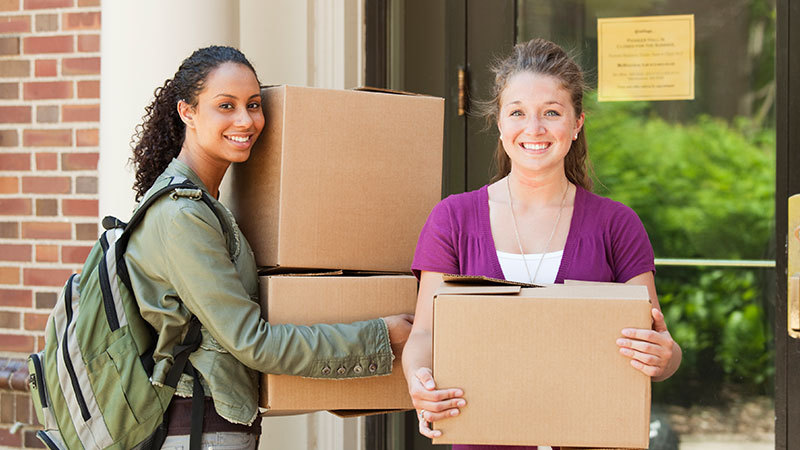Summer break on the horizon creates a special sort of magic in the classroom. Still, teachers know that preparing to leave for the summer comes with its own set of challenges. Perhaps the most daunting challenge is packing up the classroom.
It’s not easy to ensure that everything is packed away safely and ready to go for next year, but with a little planning, it can be done! Here are some great tips for packing your classroom materials quickly and methodically.
1. Start Early
In the thick of the school year, it’s easy for clutter to build up around the classroom. When the end of the school year rolls around, you might find yourself wishing you’d started organizing for summer earlier.
Some things are simple to put away throughout the year. Pack up materials for completed units when you finish them. Also, send notebooks or folders that students are no longer using home before it’s locker or cubby cleanout time. This will keep parents sane when summer approaches as well!
Of course, you don’t want the classroom to become bare. First grade teacher Audrey Lash said she loves to pack up certain materials early but also waits to pack some items to ensure that the classroom doesn’t give her students the wrong idea. “I struggle with what too much packing up says to students about how I feel about our year. I don’t want to signal that I’m over them,” she said.
Lash recommends letting students be a part of the packing up process. “This allows them to feel cohesiveness. It almost gives them closure and wraps up something we’ve learned together.” It also gives you some helping hands and teaches the students responsibility for their learning space.
2. Gather the Right Supplies
Storing your items correctly over the summer leads to easy unpacking in the fall, which means getting the right supplies is essential.
You might want to store everything for a unit together or organize books by genre or reading level. Whatever your system, having the right supplies helps you pack things away in an organized fashion.
Supplies can include bins, labels, giant reusable bags, and even sheets to cover things you’re leaving in your classroom to keep them from getting too dusty over the summer months. Before you go shopping, think hard about how you’d like things organized.
Lash said, “Packing up takes a lot more time if you’re unsure where you want things to go or don’t have the right space or storage supplies to organize items. When you’re working with minimal storage materials, it becomes a jigsaw puzzle that you don’t want to unpack later.”
3. Ask for Help
All teachers are busy. It can feel hard to ask your colleagues for help, but you absolutely should. When teachers work as a team, things become far more efficient. If you’re new to teaching, lean on those who have been through the packing up process a few times.
“Go seek out veteran teachers. They are pros and have this system down to a science,” Lash said. “You can learn what you like best by walking around and seeing what others do.”
You can also enlist the help of friends and family. Chances are you have someone in your life who is extremely supportive of your teaching career. Reach out for assistance when it’s time to pack up your classroom. You’d be amazed what you can accomplish with an extra pair of hands.
4. Donate, Donate, and Donate Some More
Teachers are notorious for hanging on to items. Donating may be hard when you’re always strapped for school supplies. Still, try to be honest with yourself about what you really need to pack up. If you haven’t used something for a while, stop lugging it around. Other teachers or parents could use it, and you’ll no longer have to store it.
You can start by simply asking other teachers in your building if they could use it. This is a great way to help and make lasting connections, with the added benefit of making your packing a bit easier.
If no one you know is interested, find a place to donate classroom materials that you don’t use anymore. Local preschools, churches, and shelters are great options.
5. Label Everything
You might think you’ll remember what you put where in just a few months’ time, but why risk it? Preparing for a new school year is stressful. Make things easier on yourself by labeling absolutely everything as you pack up your classroom.
Lash recommends storing things with the result in mind. “Just like when packing a house, all of a kitchen drawer goes into a certain box and is labeled. In the end, it should all fit back together and, like a pop-up storybook, re-open in the same way.”
Labels can really help you determine what you need for the beginning of the school year and what can be unpacked later as well. This all ties back to starting early. Only having what you need in your classroom can make a world of difference as the school year ends and begins.






